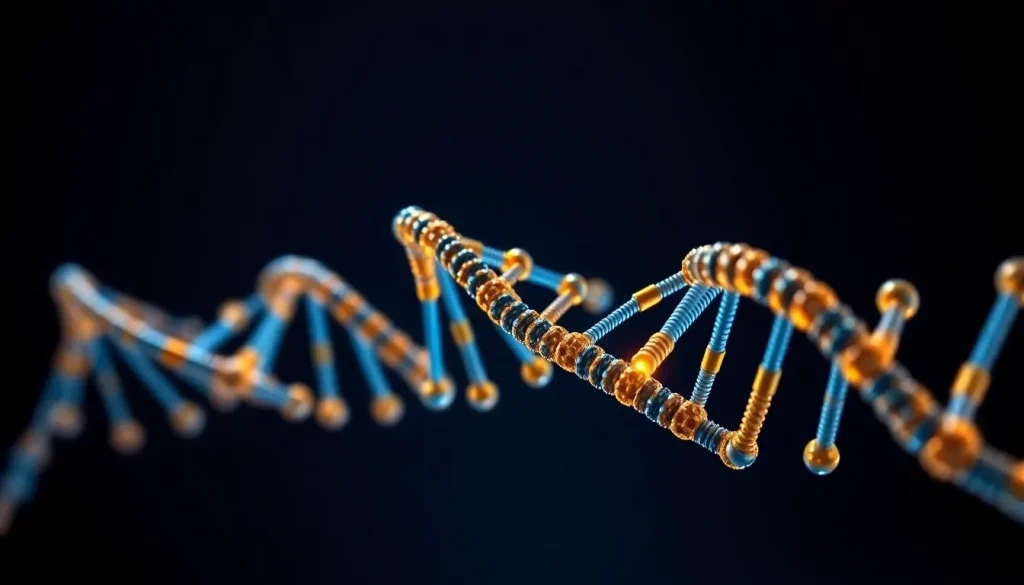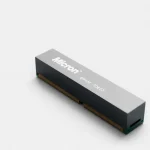Western Digital and Microsoft: Exploring DNA Storage Technology

In an era where data generation is skyrocketing, innovative solutions for data storage are becoming increasingly critical. The recent formation of the DNA Data Storage Alliance highlights an exciting intersection of biology and technology, promising to revolutionize how we think about data preservation. This article delves into the implications of this initiative and what it means for the future of data storage.
Formation of the DNA Data Storage Alliance
Western Digital, Microsoft, Twist Bioscience, and Illumina have established the DNA Data Storage Alliance, a collaborative effort aimed at creating a commercial DNA archival storage ecosystem. This alliance is not merely a gathering of companies; it represents a strategic initiative to fundamentally change the landscape of data storage.
The primary objectives of the alliance include:
- Developing a comprehensive industry roadmap for DNA storage.
- Building specific use cases tailored to various markets and industries.
- Promoting and educating the broader storage community on DNA storage adoption.
According to the founding members, as much as 30% of digital businesses are expected to mandate trials of DNA storage technology by 2024, responding to the exponential growth of data that traditional storage solutions may struggle to manage effectively.
The Growing Need for Innovative Storage Solutions
Stefan Hellmold, Western Digital's VP for corporate initiatives, emphasized the urgency of finding new long-term archival storage mediums. He noted that the demand for storage solutions would evolve dramatically, with expectations that nearly half of the data storage solutions shipped by 2030 will focus on archiving data.
“We are committed to providing a full portfolio of storage solutions addressing the demand for hot, warm, and cold storage,” he stated. The shift towards archival storage is driven by a cooling trend in data temperature, indicating a need for efficient long-term preservation.
The Potential of DNA as a Storage Medium
Dr. Emily Leproust, CEO and co-founder of Twist Bioscience, highlighted the remarkable properties of DNA as a storage medium. She stated, “DNA is an incredible molecule that, by its very nature, provides ultra-high-density storage for thousands of years.” This potential for longevity and density positions DNA as a game-changer for future data storage solutions.
DNA data storage operates by encoding binary data into a four-element coding scheme using the four nucleic acid bases: adenine (A), guanine (G), cytosine (C), and thymine (T). For instance:
- 00 = A
- 01 = C
- 10 = G
- 11 = T
This transformation allows vast amounts of data to be stored in incredibly small physical spaces. The alliance claims that ten full-length digital movies could fit into a volume no larger than a grain of salt, although practical storage methods necessitate larger containers.
Unprecedented Data Density
According to research from Twist and Microsoft, a single gram of DNA has the theoretical capacity to store an astonishing zettabyte of digital data—equivalent to one trillion gigabytes. This staggering statistic implies that fewer than twenty grams of DNA could potentially house all the digital data currently existing in the world.
However, while the numbers are impressive, it is essential to consider the practical implications. The grains of salt-sized glass beads containing the DNA are themselves stored in larger cylindrical vials, comparable to spectacle cases. This highlights the complexity and scale of implementing DNA storage solutions.
Challenges in Commercial Viability
Despite its potential, DNA data storage technology faces significant challenges before it can be commercially viable. For instance, while DNA allows for rapid duplication, this is not on par with the speed of modern solid-state drives (SSDs). During a demonstration system developed by Microsoft and the University of Washington, a write-to-read latency of approximately 21 hours was recorded for merely 5 bytes of data. This raises questions about the practicality of using DNA for real-time data storage needs.
Dr. Karin Strauss, a senior principal research manager at Microsoft, commented on the challenges, stating, “We’re encouraged by the potential for more sustainable data storage with DNA and look forward to collaborating with others in the industry to explore early commercialization of this technology.”
The Alliance's Expanding Membership
The DNA Data Storage Alliance is not limited to its founding members. Ten additional organizations have joined the effort, enhancing the alliance's capability and reach. These members include:
- Ansa Biotechnologies
- CATALOG
- The Claude Nobs Foundation
- DNA Script
- EPFL (École Polytechnique Fédérale de Lausanne)
- ETH Zurich
- imec
- Iridia
- Molecular Assemblies
- The Molecular Information Systems Lab at the University of Washington
Notably, the Claude Nobs Foundation, established by the creator of the Montreux Jazz Festival, is investigating the preservation of over 14,000 tape reels of live jazz recordings through DNA storage technology. This unique application showcases the potential for diverse uses of DNA data storage across various fields.
Conclusion: A New Frontier in Data Storage
The formation of the DNA Data Storage Alliance marks a pivotal moment in the quest for innovative data storage solutions. As data generation continues to escalate, the need for sustainable and efficient storage methods becomes increasingly pressing. By harnessing the incredible potential of DNA, this alliance aims to pave the way for a transformative future in data preservation.
For those interested in understanding more about this technology, you can watch a relevant video that discusses the potential of DNA data storage:




Leave a Reply